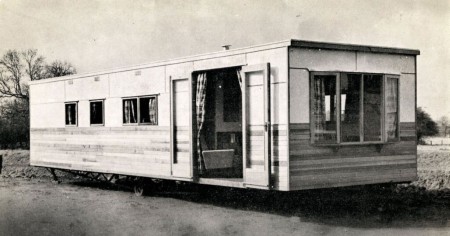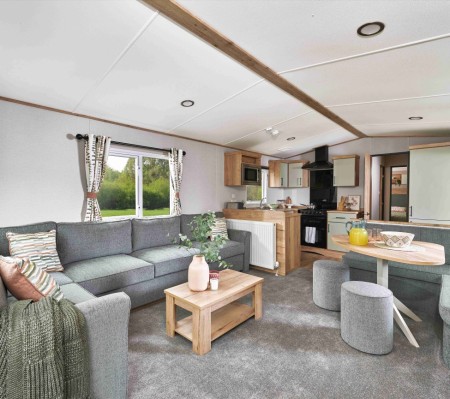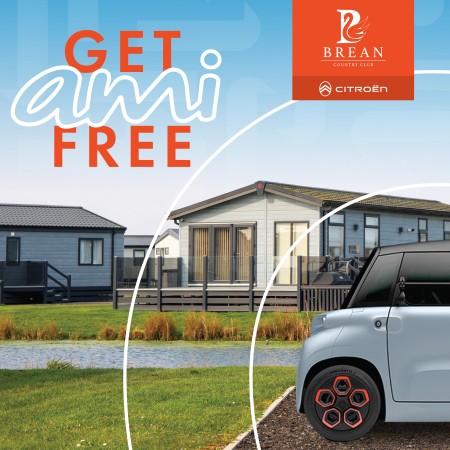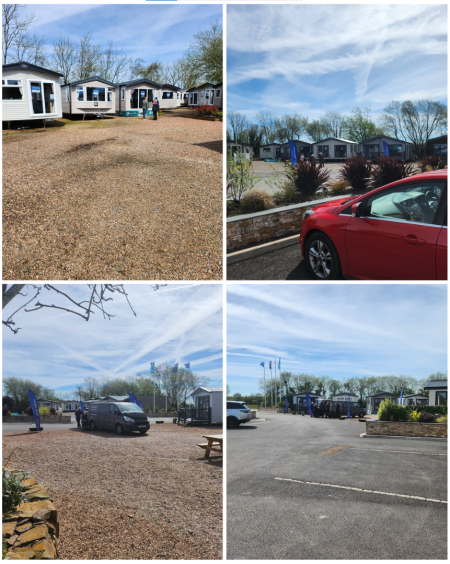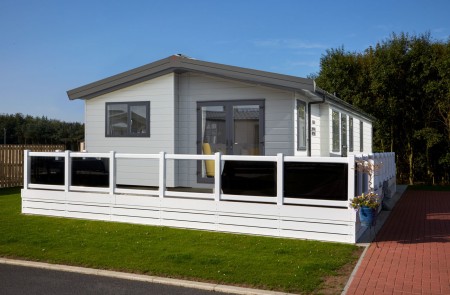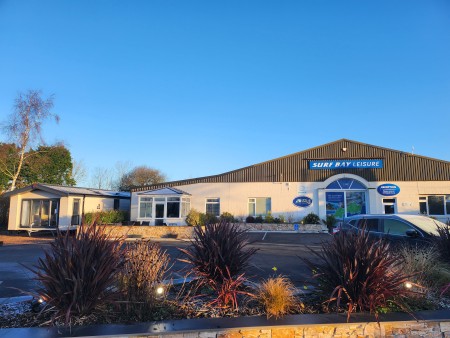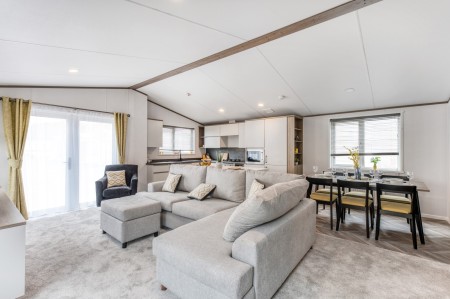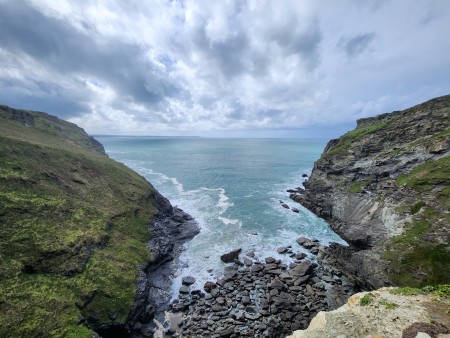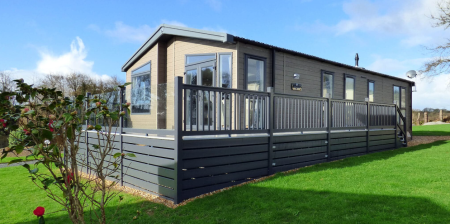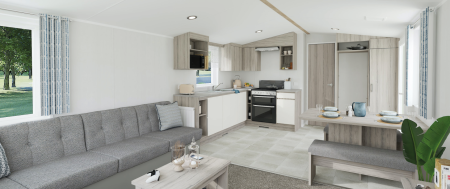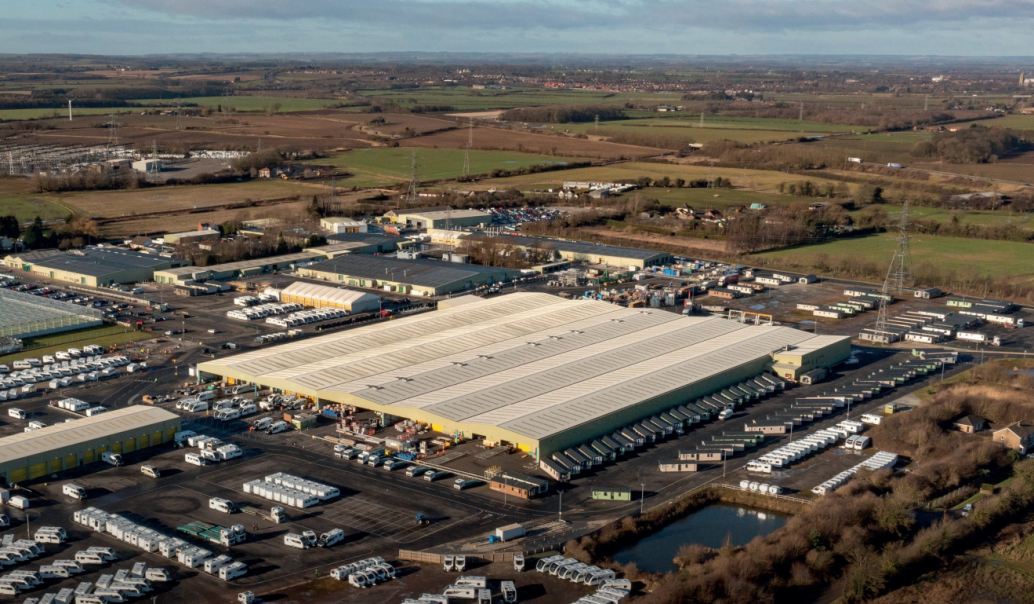
How are Caravans made?
Static caravans are prefabricated structures that are designed for semi or permanent placement. The Construction process for a static caravan involves a multitude of steps:
The Designing and planning:
Manufacturers start by designing the vans according to the industry standards and legal requirements to ensure that they are safe. In some cases, vans can be designed based on customer specifications, but this is less common.
The design includes plans for the layout, size, number of rooms, insulation and other features.
The Chassis Construction:
The Chassis on a static caravan is the base, the chassis’ are made of steal and can come in three forms: Non galvanised, pre galvanised and fully galvanised.
The chassis provides support for the entire structure. Axles, wheels and a tow bar are used for transport and are usually stored underneath the van to keep out of sight out of mind. These can also be left on but could be considered an eye sore.
The Flooring:
The flooring is typically constructed using a combination of materials like plywood or oriented strand board (OSB). Insulation is then added to the underflooring for increased thermal efficiency.
The Frame:
The frame of a caravan is built with lightweight and hardy materials like aluminium or steel. The frame provides the structure with strength and stability. This will come in handy particularly in Devon and Cornwall due the van being exposed to the elements; this is especially true for coastal locations like St Ives or Bigbury.
The Walls:
The wall and roof on a static caravan are usually constructed using a combination of steel or timber framing. Insulation materials such as foam or fiberglass are added to provide further thermal efficiency. This means you can now enjoy your home away from home in the winter months.
The Exterior:
Exterior panels are often made of materials like PVC, aluminium or fiberglass, these are installed to protect against the varied and unpredictable weather conditions. These materials are often picked due to their rigidity and strength. This aids in keeping the caravan planted and quiet.
The windows and doors are installed and on more modern vans typically come with double-glazing glass for again improved thermal efficiency. Locks and other security features are added to keep the occupants and their possessions safe.
The Interior:
The interior is fitted with different kinds of fixtures, fittings and amenities including plumbing, electrical wiring and heating systems. The types of fixtures, fittings and amenities will vary depending on the make and model however the wiring and plumbing remains mostly the same across the manufactures.
Interior walls are normally constructed using drywall or panelling, this is because the materials are lightweight, durable and relatively inexpensive. After this the flooring materials are added and these materials are usually vinyl or laminate, especially in areas such as the kitchen, bathroom, hallway and ensuit.
The Finishing Touches:
Once the main construction of the van is completed the finishing touches can begin. The caravans will be moved to the yard where they can be finished with all the desired aesthetic features and creature comforts that we have all come to know and expect.
Quality control inspections and checks are carried out to ensure that the static meets both the safety needs and the building standards requirements. This can be fairly long process as no manufacture wants to be the one to send out a damaged or unsafe van.
The Transportation:
Once the static caravan has passed all its required checks and is deemed a safe holiday home it can then be transported to its destination. Whilst being transported the van will be in a packed down state, this means that cupboards are held shut normally by something like string or rubber bands, everything that was once wall mounted is dismounted and laid out of the floor or under the bed and the sofas and mattresses would be in their packaging to ensure that when they arrive the van is still at the same standard that it was when it rolled out the factory.
The Installation:
When the static caravan has arrived on your plot it will need to be sited, this means that the van needs to be made 100% level to avoid things like the doors catching and other annoying snagging bits. Once the van is all level and gas safety tested on site then you can begin to add the connection to the electric and gas and hook up the utilities.
It is important to remember that some connections may work differently depending on make and model of the van and the park. Newer parks may have more modern connectors, and this could alter the process slightly.
How to look after your van:
The key things to keep in mind when thinking about caravan maintenance are checking windows and seals for degradation as this could lead to a build-up if moisture in the van. If you do happen to notice any damp it is always good to ensure that you open the windows in your van to improve air circulation and to help stop the damp. If the seals are all good just make sure there are no leaks anywhere
The other things to keep in mind is chassis condition. It is always important to make sure that both the anchor chains and chassis are still in good condition. This especially important nearer the coast.
In the winter months the key focus needs to be on draining down the water system and ensuring that all the pipes are empty as we do not want that water to freeze, expand and then cause a leak that you don’t find out about till the winter months are over and there is a nice puddle in your van.
Keeping on top of these basic checks will ensure that your van retains more value and that it stays the ideal home away from home in the country, somewhere free from stress.
